Meal & Snack Ideas for
Preschoolers (3-5 Years)
- Home
- Eat·Grow·Live Healthy
- Meal & Snack Ideas for Preschoolers

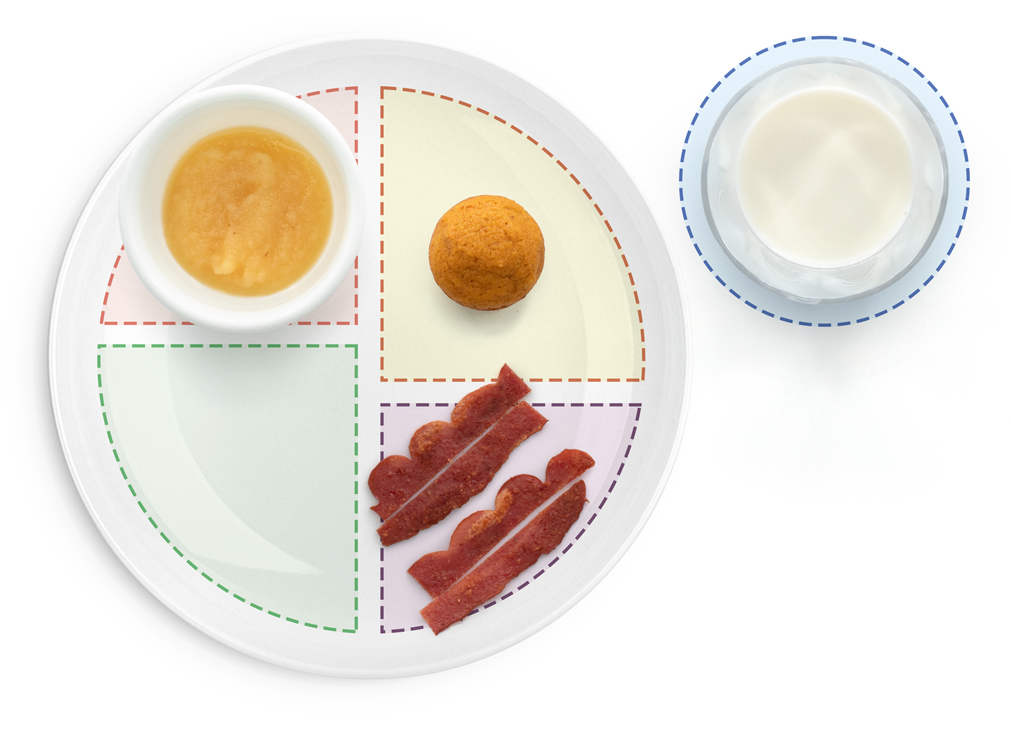
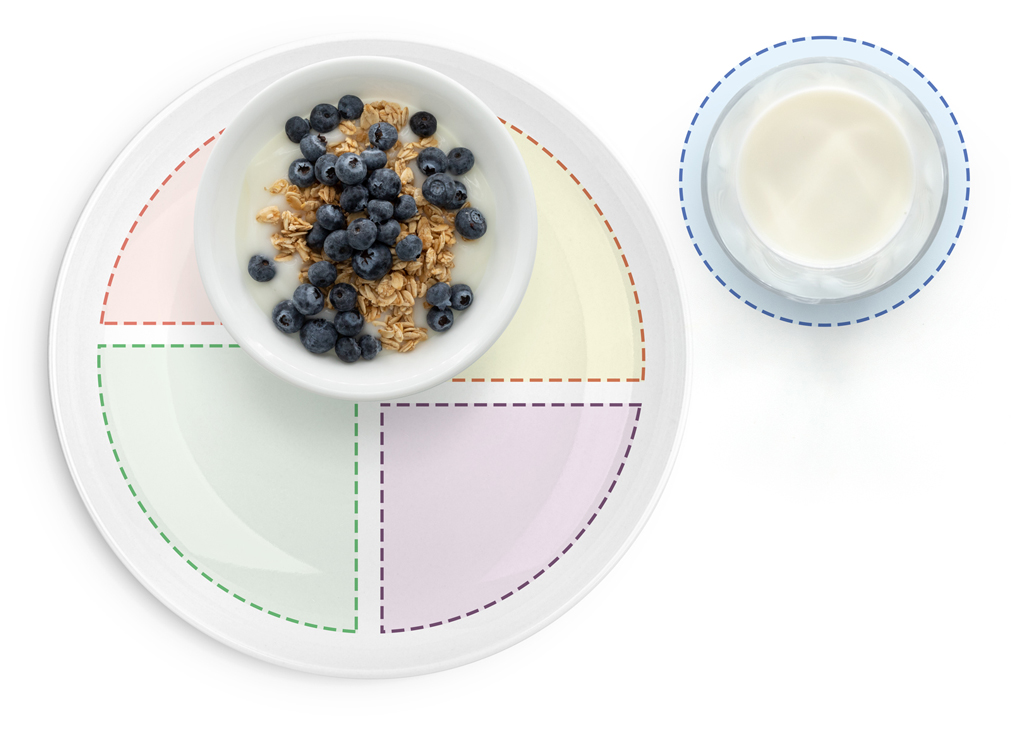
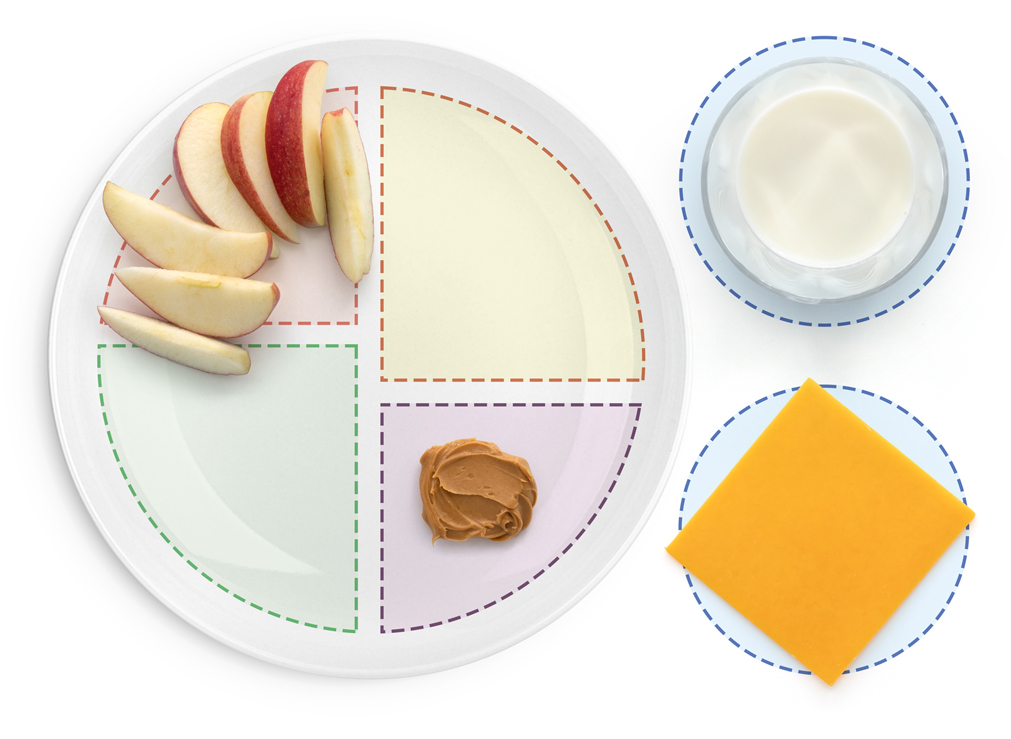
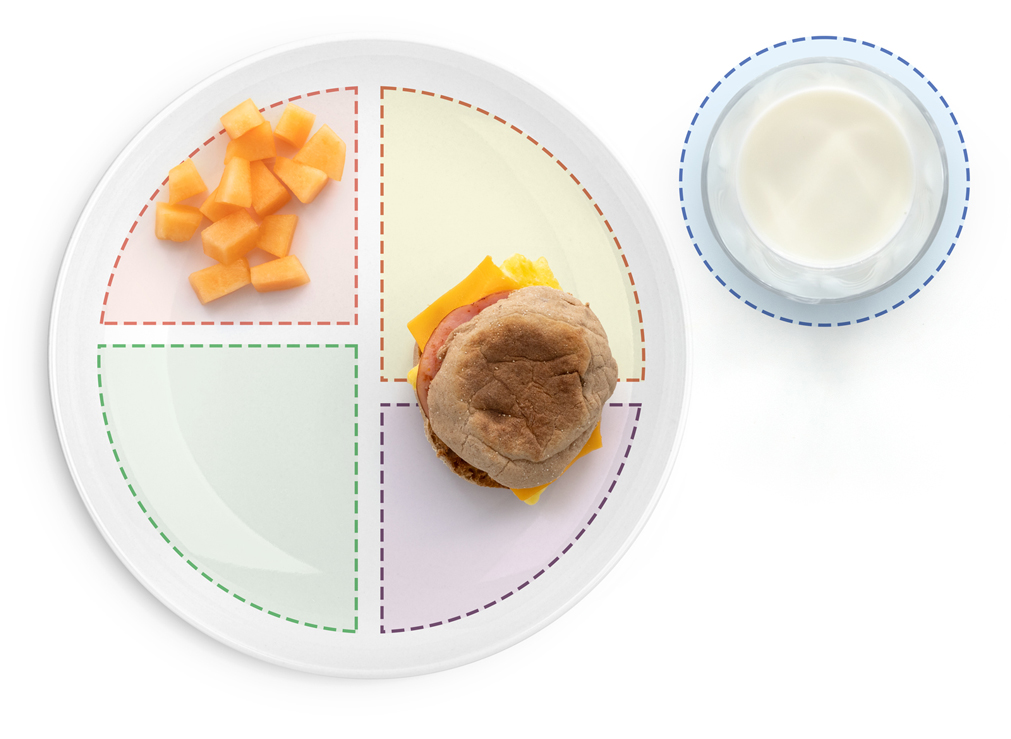
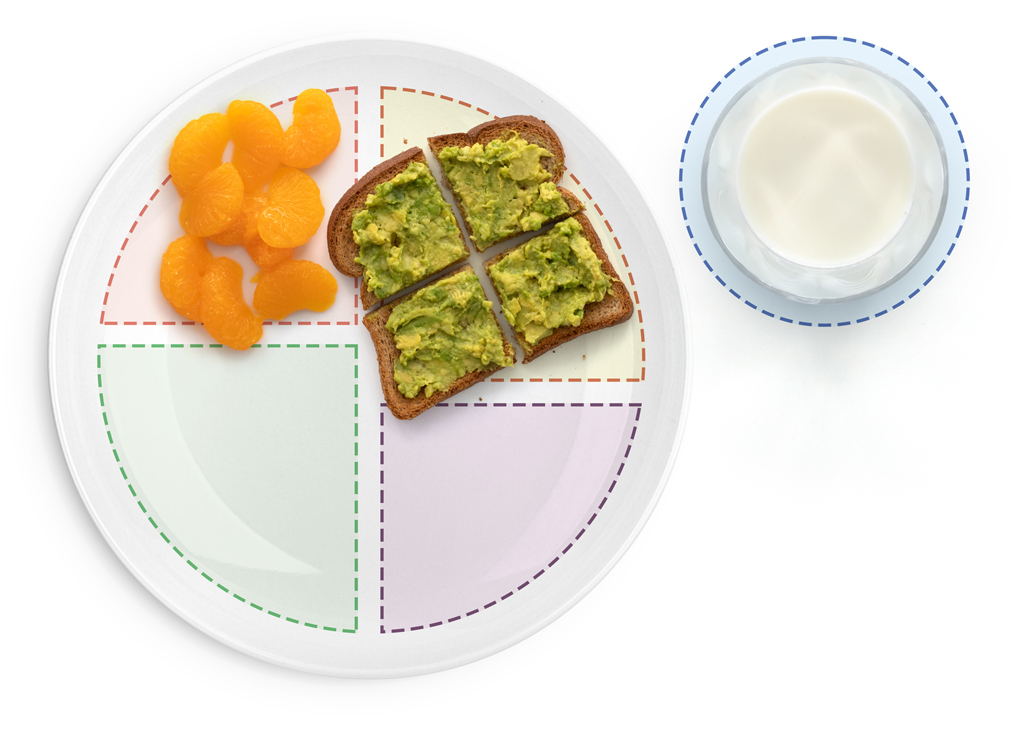
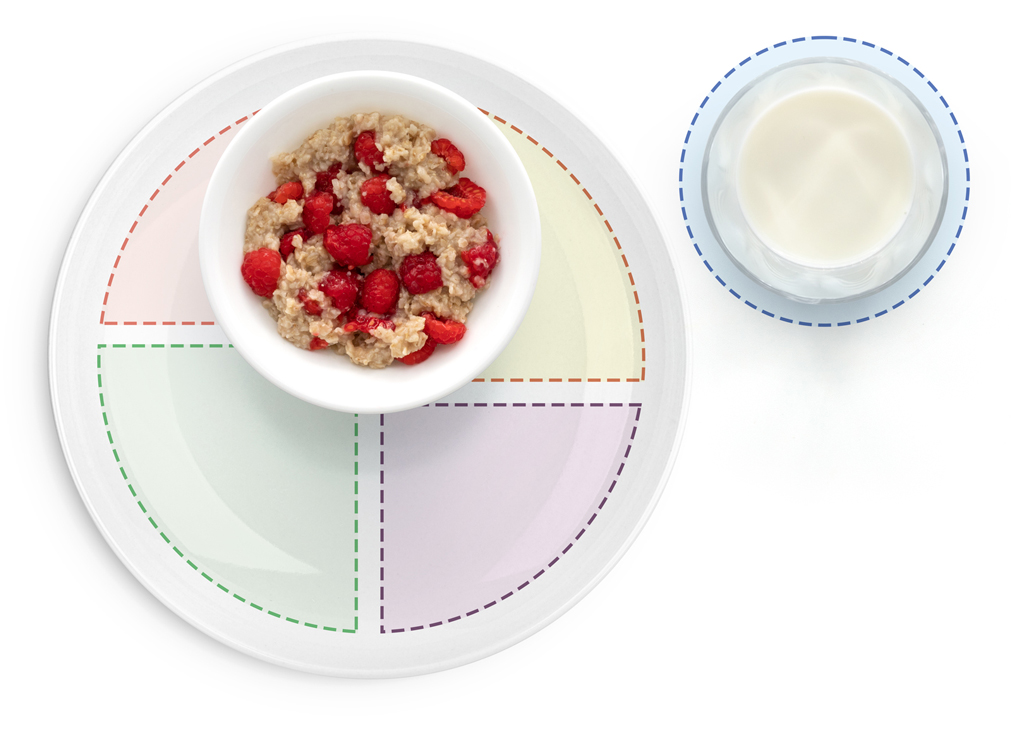
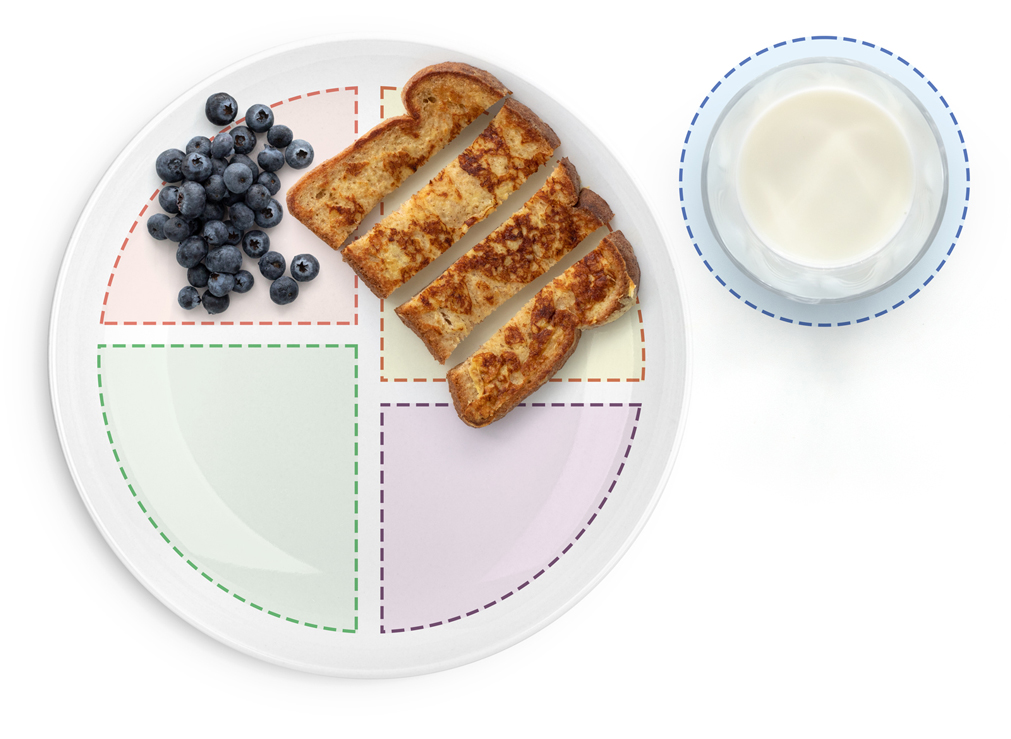
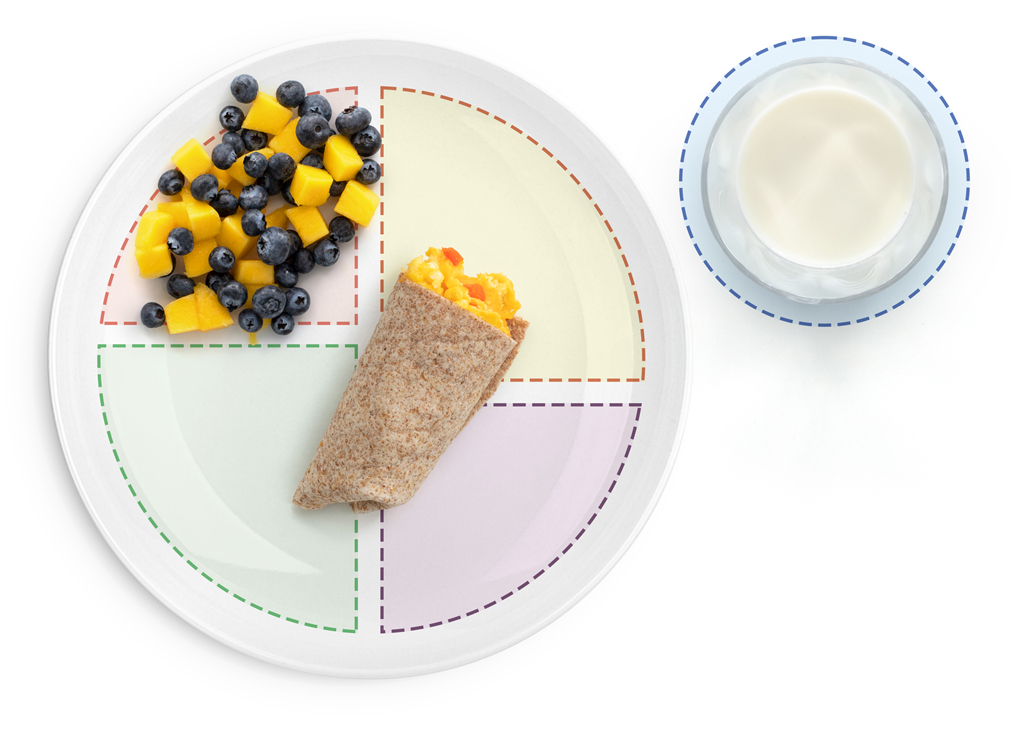
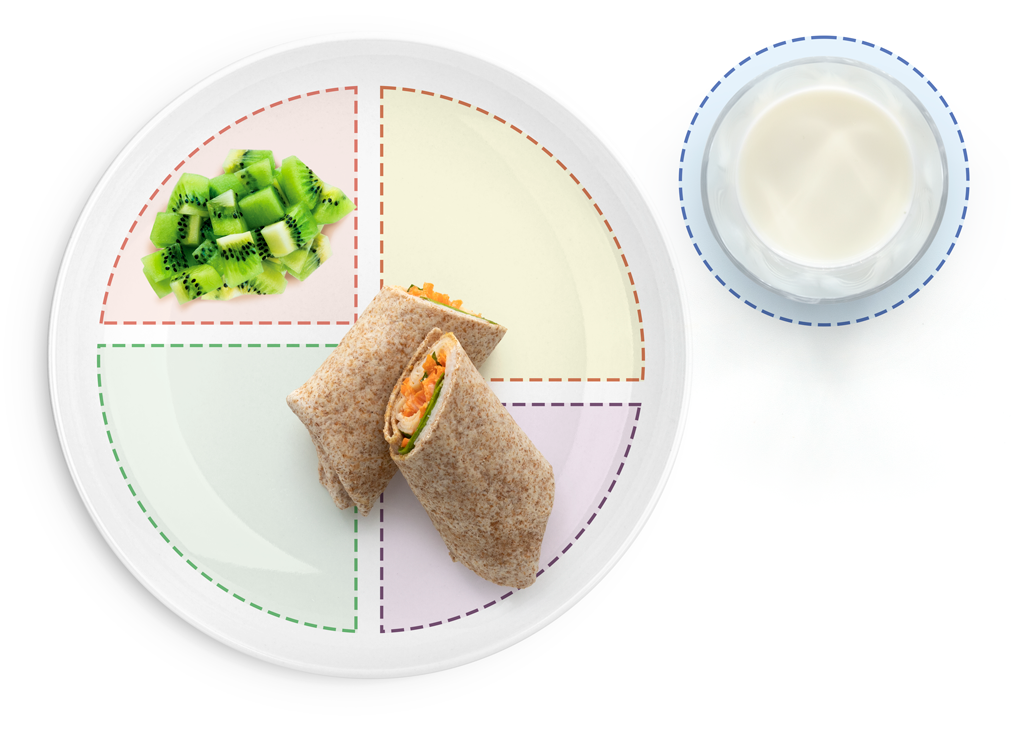

Ingredients
4 whole wheat English muffins, split
1 cup pizza sauce
1½ cup Mozzarella cheese, shredded
1 can pineapple tidbits, (8 oz)
¼ cup Canadian bacon, sliced, cut into quarters, (2 oz)
½ cup bell pepper, green, chopped
Instructions
PREHEAT oven to 400°F. Evenly SPOON sauce over each muffin. TOP with Canadian bacon, pineapple tidbits, cheese and 1 Tbsp bell pepper. PLACE mini pizzas on baking sheet. BAKE for 12-15 minutes or until cheese is melted. ALLOW to cool for a few minutes before serving.

Ingredients
1 lb lean ground beef
½ cup diced onion
1 14 oz can diced tomatoes
1 14 oz can tomato sauce
2 14 oz cans mild chili beans (do not drain or rinse)
1 14 oz can dark red kidney beans, rinsed and drained
1 14 oz can of corn (do not drain)
1 tbsp chili powder
1 tsp cumin
salt and pepper to taste
Optional: shredded cheese, sour cream, and tortilla chips for garnish
Instructions
In a large pot on the stove over medium high heat, brown the ground beef. While the beef is cooking prep your other ingredients. When the beef is browned add your onions and cook for five more minutes until onions are softened.
Once the onions are soften, add in the corn, beans, diced tomatoes, tomato sauce, chili powder, cumin, salt and pepper. Heat to a boil, then reduce heat to low and simmer until chili is heated evenly throughout. Top with shredded cheese, sour cream, and tortilla chips, if desired.
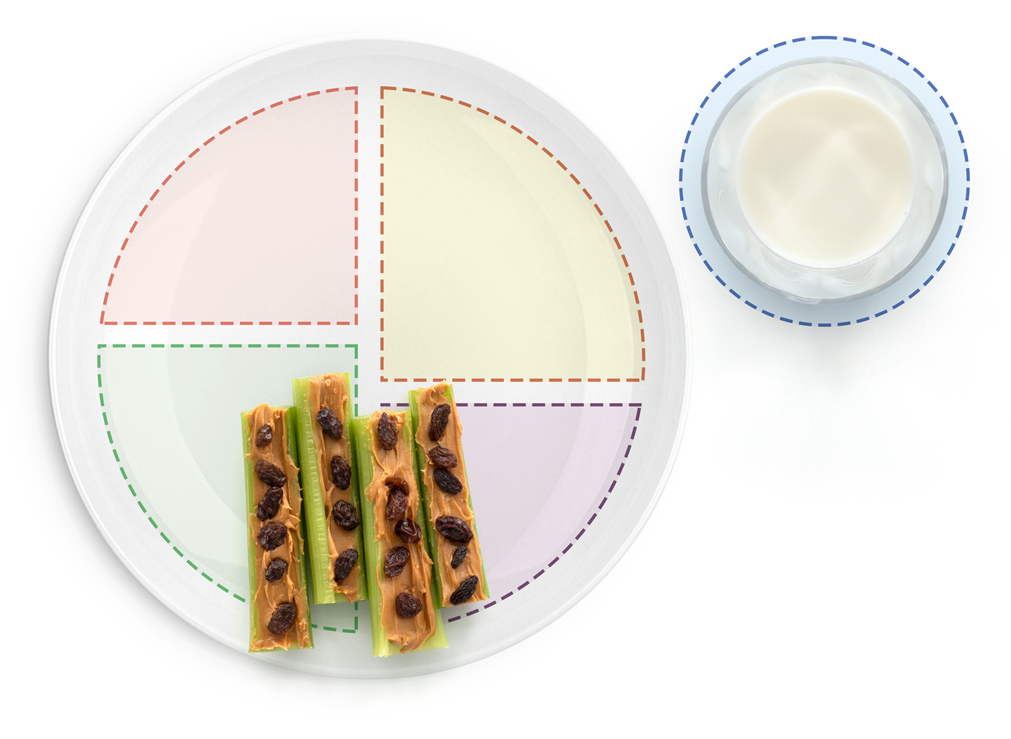
Be careful! Young children can choke on small, hard, or sticky foods like raisins. Always watch your child when they eat to help prevent choking.

Ingredients
½ cup zucchini, diced
½ cup red onion, chopped
1 red bell pepper, seeded and diced
1 green bell pepper, seeded and diced
2 tomatoes, diced
1 garlic clove, minced
¼ cup cilantro, fresh, chopped
½ tsp black pepper
1 tsp sugar
2 Tbsp lime juice
½ tsp salt
Instructions
Add all ingredients to a large bowl, toss to combine. Cover and refrigerate until ready to serve.
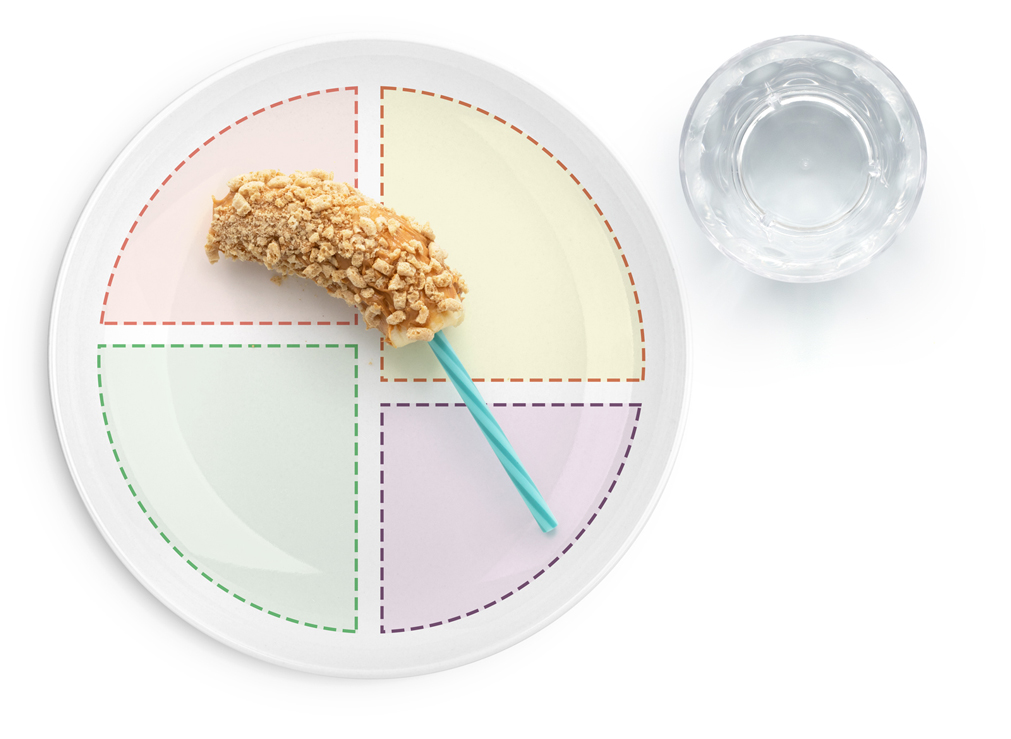
Ingredients
½ banana, medium
2 Tbsp peanut butter
⅛ cup cereal O’s, crushed
1 craft stick
Instructions
SLICE the banana into medium sized chunks. PLACE one banana chunk on the craft stick. DIP the banana in the peanut butter then ROLL in the crushed cereal.
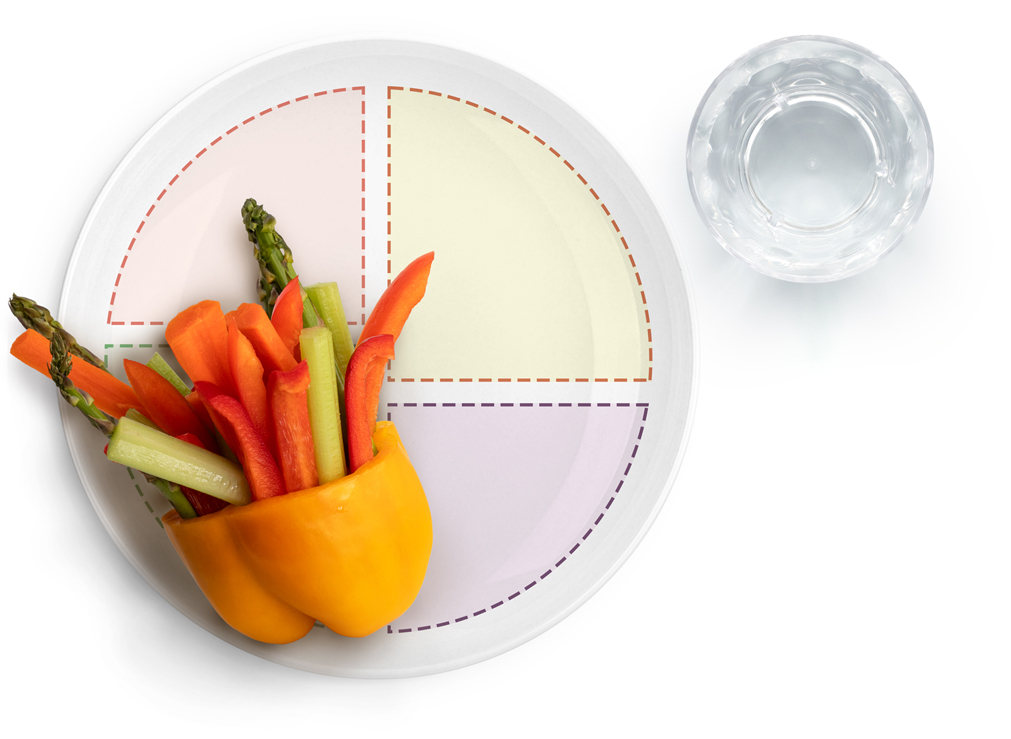
Ingredients
4 bell peppers, green
½ cup ranch dressing, low-fat
1 bell pepper, red, seeded and cut into thick strips
12 carrots, baby
2 celery stalks, cut into thick strips
8 asparagus spears, cut to 4-5 inches long
1 jicama, peeled, cut into thick strips
Instructions
CUT the tops of the green bell peppers and REMOVE seeds. PLACE bell peppers on small plates. POUR 2 Tbsp of dressing into the bottom of each cup. PLACE equal amounts of vegetables in each snack cup. DIP and SNACK!
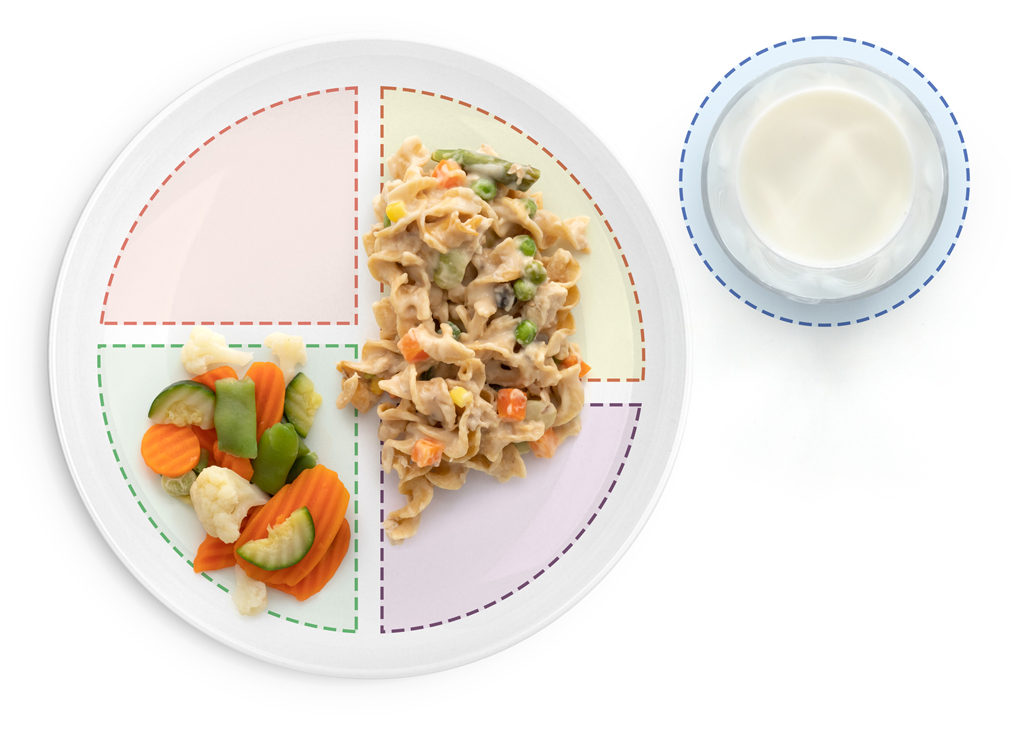
Ingredients
1 (8 oz) package whole wheat pasta (your choice)
1-2 tablespoons flour
1 (10.5 oz) can low sodium cream of mushroom soup
1 empty soup can of low-fat milk
¼ lb cheese (your choice), grated
1 bag frozen mixed vegetables
3 cups cooked diced chicken (OR 2 cans drained light tuna)
*Optional: salt and pepper
Instructions
Preheat oven to 350 degrees. Cook pasta in boiling water until done. In separate pan, heat flour, soup, and milk over medium heat to make a thin white sauce (add flour to preferred thickness). Add cheese to white sauce, melt. In a baking dish, combine diced chicken, pasta, and vegetables. Season with salt and pepper if desired. Pour cheese sauce over chicken mixture. Bake for 30 minutes.

Ingredients
1 pound lean ground beef
½ cup dry breadcrumbs (or cracker crumbs, or instant oatmeal)
¼ cup milk
½ tsp salt
½ tsp Worcestershire sauce
¼ tsp pepper
1 small onion, chopped (about ¼ cup)
1 large egg
Optional: to boost healthy flavor, add ½ cup grated zucchini and ½ cup grated carrots to meatballs before baking
Instructions
Preheat oven to 400 degrees. In a large bowl, mix all ingredients. Shape mixture into 20 1.5” meatballs. Place in ungreased baking pan (13 x 9”) or on rack in broiler pan. Bake 20 –25 minutes, or until no longer pink in center and thermometer reads 160 degrees Fahrenheit. Great in spaghetti, served over rice or noodles or in a meatball sub sandwich!
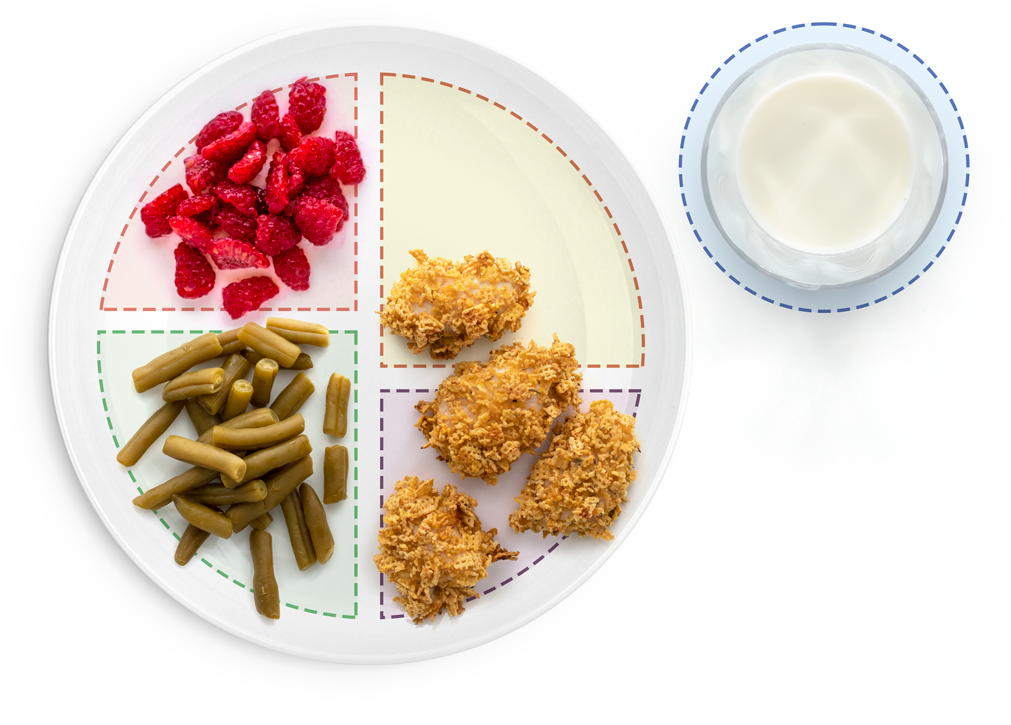
Ingredients
1 pound skinless, boneless chicken breasts
1 cup plain low-fat or nonfat yogurt
3 cups Corn Chex cereal, crushed
1 teaspoon dried thyme
½ teaspoon ground black pepper
Instructions
Preheat oven to 375 degrees. Lightly grease a cookie sheet with oil. Cut chicken into 1 and ½ inch pieces. Place chicken in a bowl and coat each with yogurt. Mix the cereal, thyme and pepper in a bowl. Roll each chicken piece in the cereal, then place in one layer on the cookie sheet. Bake for 25 minutes, or until meat thermometer inserted in the center of the nuggets reaches 180 degrees.
Adapted from: TexasWIC.org
HAND EXPRESSION
How it works
Use your hand to gently massage and compress your breast to remove milk.
What’s Involved
Average Cost
Free
Side-Lying Hold
This hold is useful when:
Cross-Cradle Hold
This hold is useful when:
Clutch or “Football” Hold
This hold is useful when:
Cradle Hold
This hold is useful when:
Laid-Back Hold
This hold is useful when: